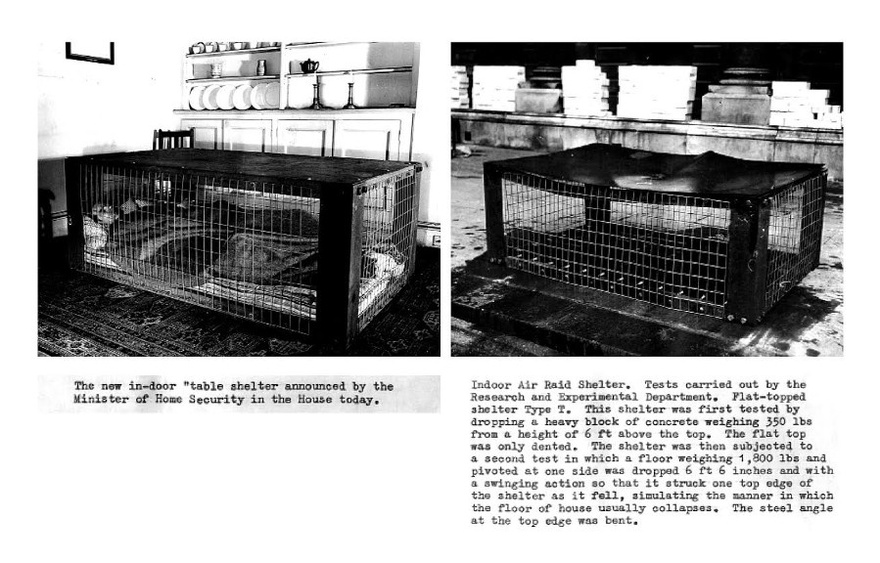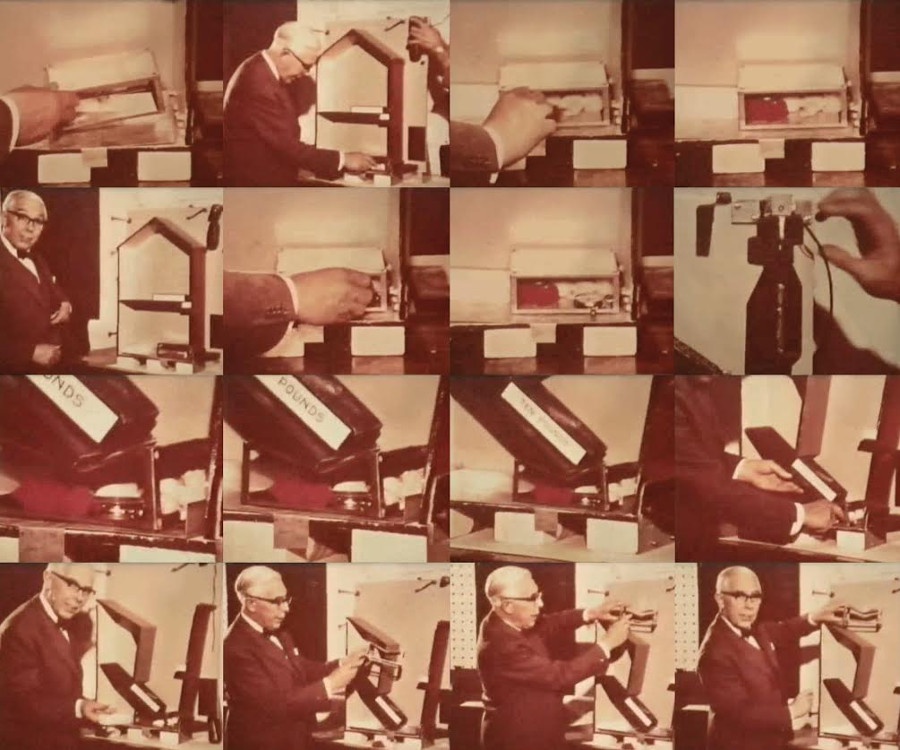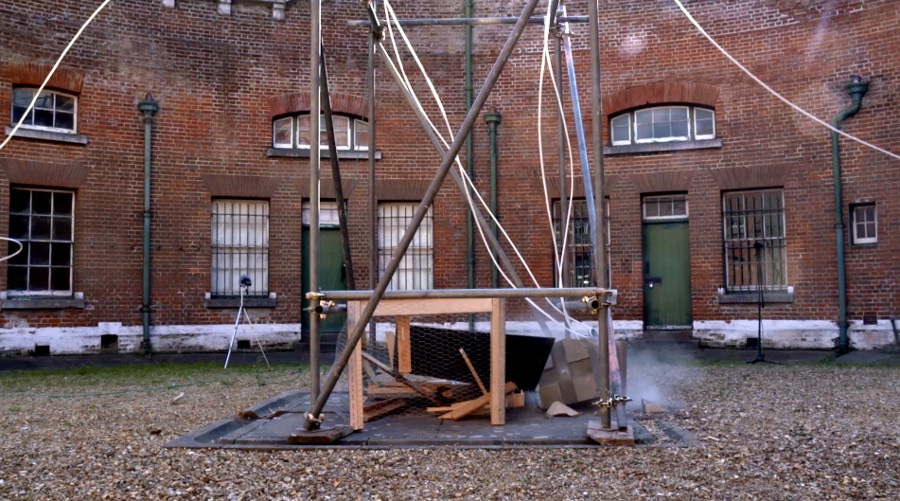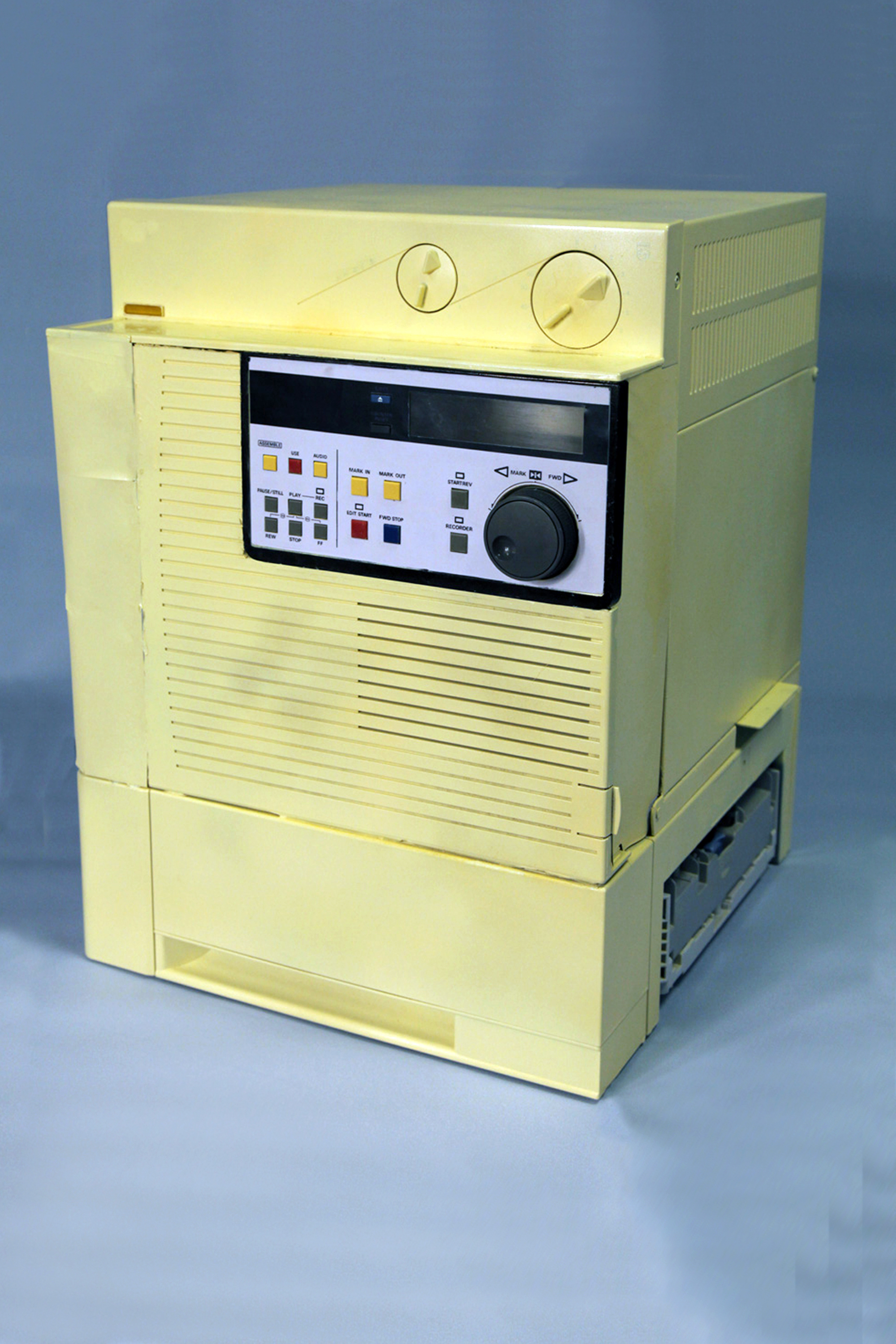🖥️ NOT VIEWABLE ON DESKTOP OR LAPTOP 💻
Palm is a digital exhibition platform for mobile-only exhibitions.
🌴✋ This page is only viewable from your mobile device 🌴✋
Helene Kazan
Engineering Shelter
Introducing the Morrison shelter
The Morrison shelter was designed by Professor Sir John Baker and named after Herbert Morrison the Minister of Home Security in the UK at the time. The indoor cage-like structure was recommended as a shelter during aerial bombing in 1940. Otherwise known as the indoor table shelter, it was provided free to households whose combined income was less than £400 per year.
The shelter was distributed as an self-assembly kit with instructions on how to build and where to place the 6 foot, 6 inch long by 4 foot wide structure. Consisting of approximately 359 pieces including a 3mm steel top sheet and wire mesh sides, it was constructed using three tools that were supplied as part of the distributed pack.
The shelters were purposely designed not to be secure enough to withstand a direct hit during aerial bombardment, but rather to act as a suitable shelter in some cases of blast damage. As Professor Sir John Baker outlined:
'It was impractical to produce a design for mass production that could withstand a direct hit, and so it was a matter of selecting a suitable design target that would save lives in many cases of blast damage to bombed houses. The Morrison shelter was designed to enable…the family to sleep under the shelter at night or during raids, and to use it as a dining table in the daytime, making it a practical item in the house.' [1]
Over half a million of the self-assembly shelters were sent to homes across the UK by 1943.

Before, after, and the Missing Snapshot
The archive images were included in the public announcement recommending the use of the indoor table shelter. The first image shows a civilian couple, apparently sleeping comfortably inside, whilst the second image presents the table shelter after having been subjected to an experiment aimed to simulate a similar level of violent force as anticipated during aerial bombing. The image states:
‘Indoor Air Raid Shelter. Tests carried out by the Research and Experimental Department. Flat-topped shelter Type T. This shelter was first tested by dropping a heavy block of concrete weighing 350 lbs from a height of 6-foot above the top. The flat top was only dented. The shelter was then subjected to a second test in which a floor weighing 1,800 lbs and pivoted at one side was dropped 6 foot 6 inches and with a swinging action so that it struck one top edge of the shelter as it fell, simulating the manner in which the floor of the house usually collapses. The steel angle at the top edge was bent.’

.
The archive images perform an illustrative dynamic. As 'before and after' images, they form a visual relationship which constructs a narrative testifying to the effectiveness of the shelter, using the conducted scientific experiment as a way of confirming the safety that this material apparatus provides. However, the image also creates a vivid description for the public imagination, of the extremity of the violence that could take place during a possible attack. Through the scientific experiment, the government attempts to validate the newly recommended shelter by quantifying and accurately simulating the irruption of potential violence within the domestic space. Yet through and between the 'before and after' images, an imaginary third image is generated – a missing snapshot, as it were, of an experience of the worst. These images are therefore employed in a mode of visual communication that goes beyond the stated facts but seemingly in two contradictory directions: attempting to calculate and manage the potential risks faced by those it advises to use this type of shelter, and simultaneously encouraging an increased sense of danger, therefore both constructing and deconstructing the home as a site of security.
The research conducted in developing this project and the reenactment of the outlined experiment on the indoor table shelter (seen in the film) not only revealed the controversy of the government's claims to the shelters safety, both in a direct and indirect aerial attack. Further evidence however also revealed that the indoor table shelter had been designed using a previously untested engineering theory.
.

[1] From a lecture by Professor Sir John Baker on the principles of the design of the Morrison shelter at Cambridge University, 1946..
.









